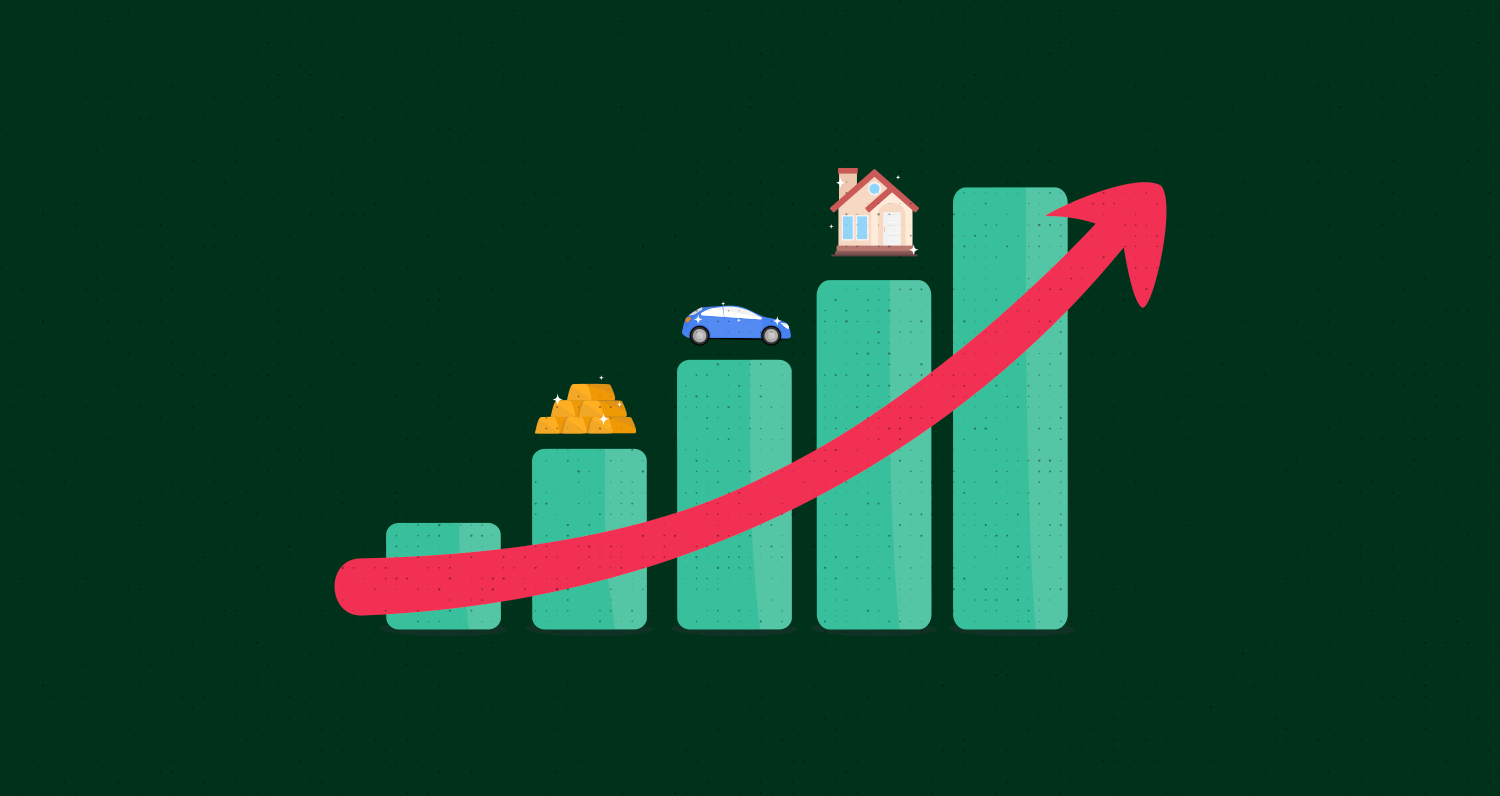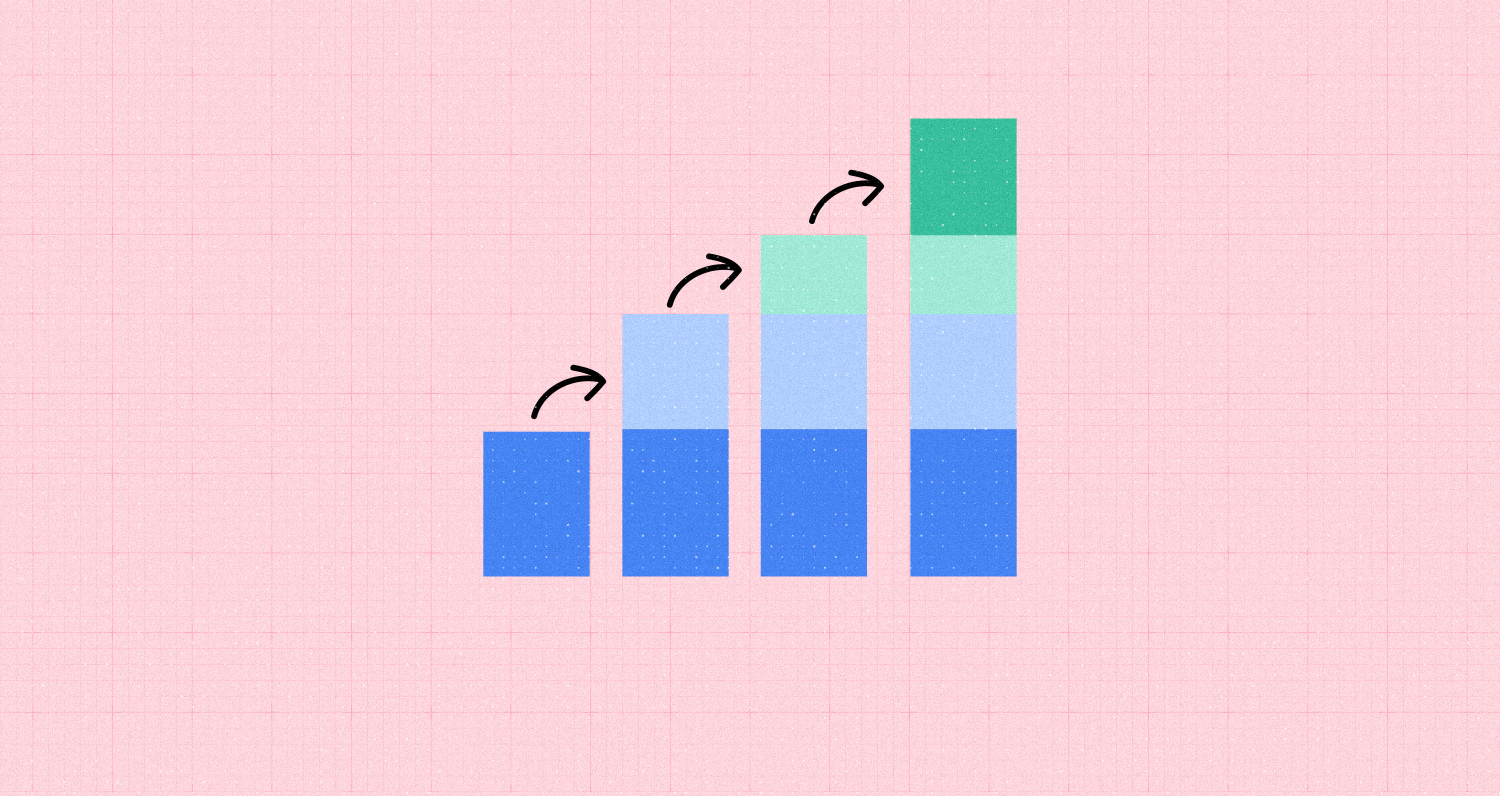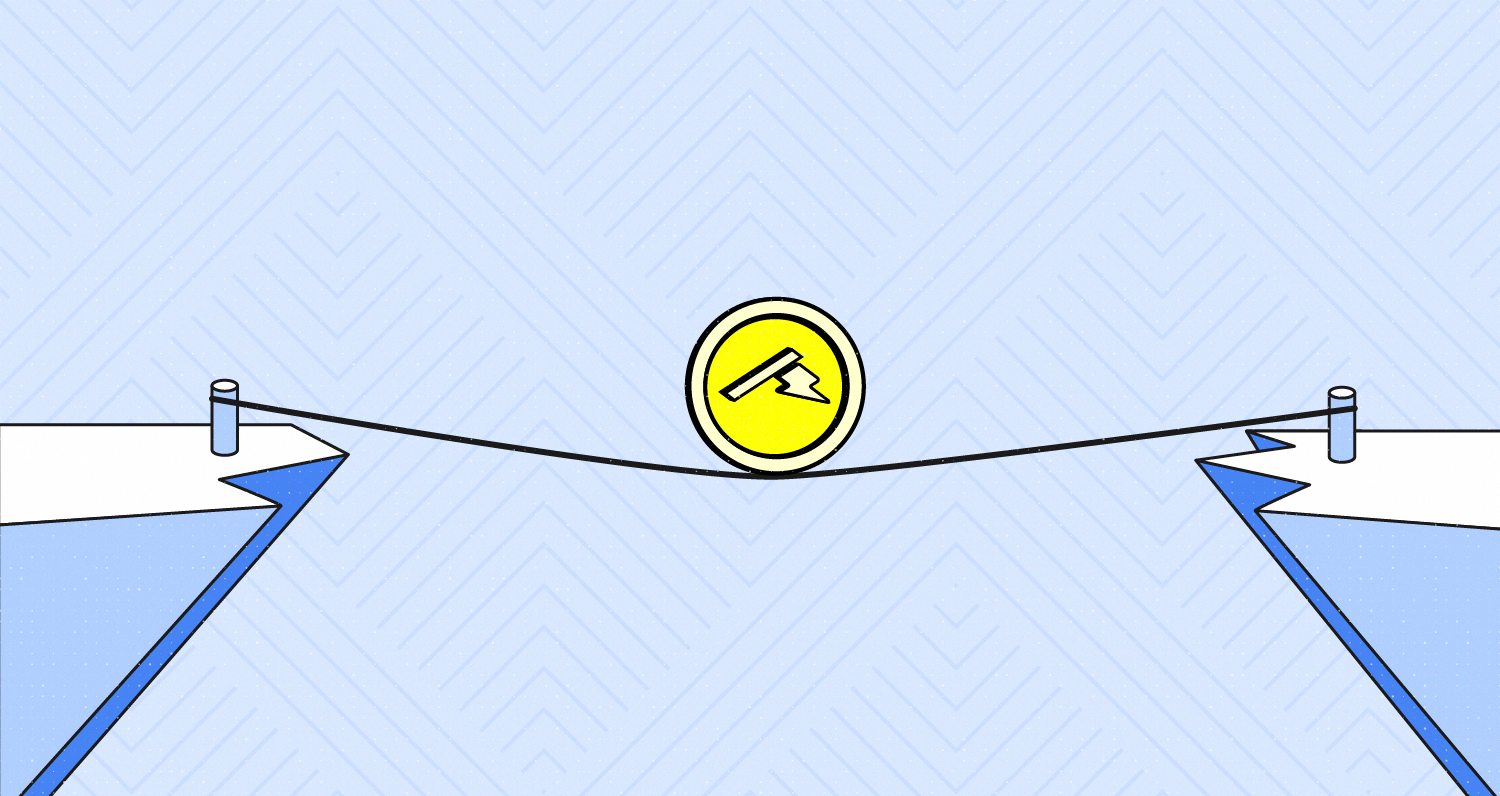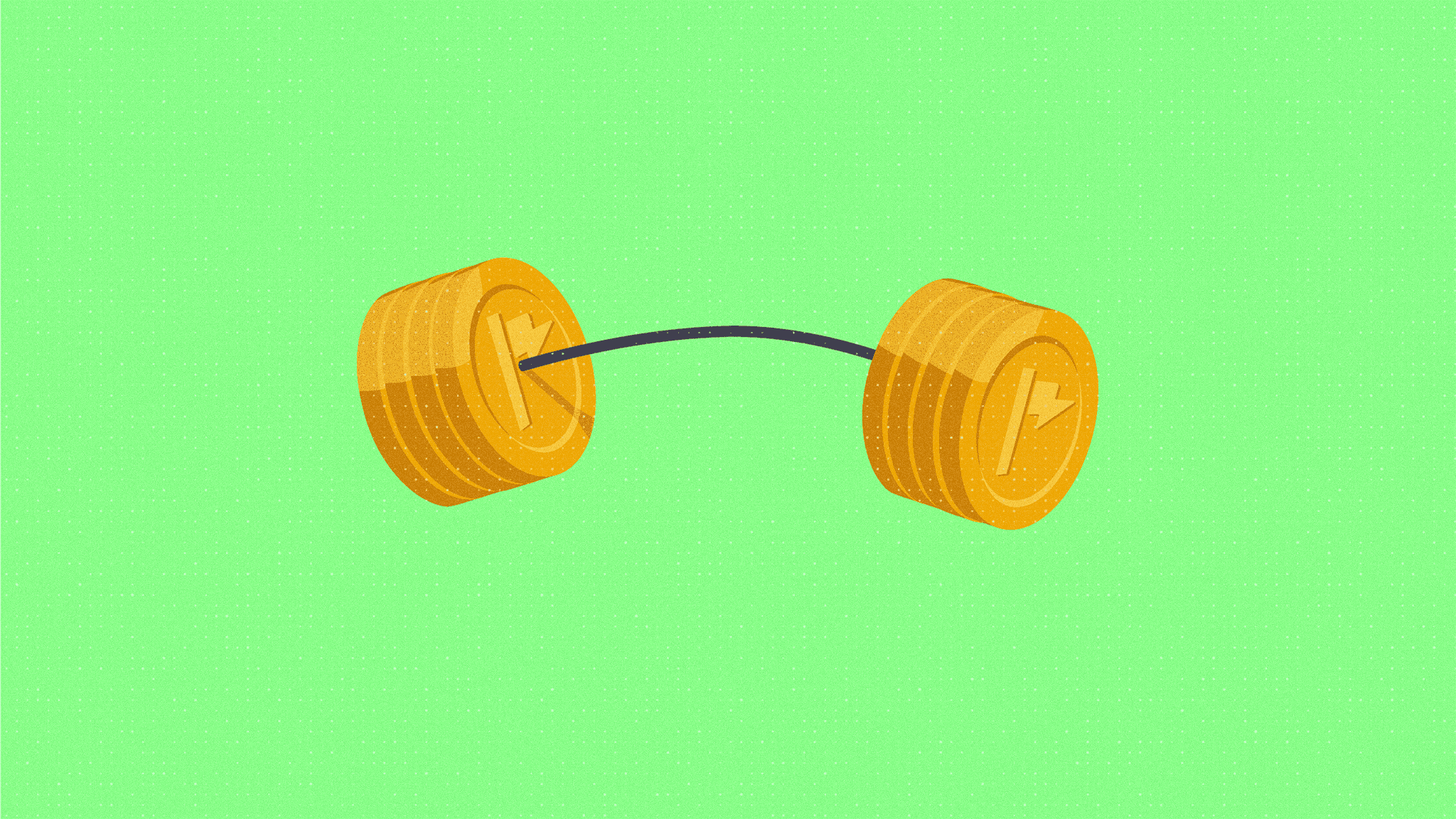Different types of investments work in different ways, and come with their own benefits and drawbacks. We can think of them as different paths to the same destination. Some paths are long, and others are shorter yet more dangerous. Fortunately, you don’t have to pick just one path. You can take advantage of multiple types of investments to grow your wealth and protect yourself from risk.
What are the different types of investments?
Stocks
A stock is a fraction of a company, which can be bought and sold on a stock exchange. When you buy a stock, you buy a share of a company’s assets and earnings. Some stocks pay dividends, meaning they distribute profits to their shareholders on a regular basis. Shareholders can also make money by selling their stock for more than they bought it for. Investing in stocks is considered relatively risky as the market can be influenced by many factors, from shifts in supply and demand, to economic trends, to geopolitical events.
Bonds
A bond is a loan, which can be made to a government or a business. The bond issuer makes regular interest payments to the bondholder, and then pays back the principal at the end of the agreed-upon term. Bonds are generally considered to be safer than stocks, although they pay lower returns. They are not completely risk-free, however. Just like individuals, some companies and countries are more reliable borrowers than others. Bonds are rated based on their likelihood of repayment, with the riskiest bond issuers paying the highest interest rates.
Real Estate
Investing in real estate means buying an apartment, building, or piece of land, and selling it or renting it for profit. The most common way to invest in real estate is by purchasing your own home. This type of investment is generally considered stable as real estate tends to appreciate over time. The main downside is that real estate is illiquid, meaning that it is hard to sell quickly. This makes it more challenging to react to changes in the market.
Mutual Funds and ETFs
When you invest in a mutual fund or ETF, you are buying a small fraction of a pool of different assets. They may be stocks or other assets, such as bonds or commodities. The main difference between ETFs and mutual funds is that ETFs are sold on exchanges as if they were stocks. Mutual funds are also more likely to be actively managed, meaning that their managers decide what to invest in on an ongoing basis. Because they are actively managed, mutual funds generally come with higher fees than ETFs.
Savings Products
Savings accounts, money markets, and certificates of deposit (CDs) are all ways of loaning your money to a bank or financial institution in exchange for interest.
- Savings accounts are the most liquid of these three assets. They also pay the lowest interest rates of the three.
- Money market accounts are similar to savings accounts, but they typically pay higher interest rates and require you to maintain a higher balance.
- A certificate of deposit is an agreement to leave your money with a bank for a predetermined period of time. At the end of this period, the bank pays your money back with interest. The catch is that you can’t withdraw your money during this time, or else you’ll face penalties. CDs often pay higher interest rates than savings accounts and money markets.
Savings products are among the safest assets, but they also come with the lowest returns.
Commodities
Commodities are raw materials–everything from gold and oil to cotton and livestock. There are three ways you can invest in commodities. The first is by buying (and storing) the commodity yourself. Another option is to buy commodity futures contracts, which represent the future ownership of a good. Alternatively, you could invest in a commodities ETF or mutual fund.
Commodities can protect your portfolio from times of high inflation, when other types of assets lose value, but commodities gain value. At the same time, the commodities market is typically more volatile than the stock, bond, and currency markets.
Crypto
Cryptocurrencies are digital currencies based on blockchain technology. Traditional currencies are issued by governments, but cryptocurrencies are created by coders. While credit card transactions are visible to banks and can be reported to governments, cryptocurrencies allow buyers and sellers to be anonymous. However, the market for cryptocurrencies is extremely volatile. This increases the risks but also increases the opportunity for rewards.
Foreign currency
Have you ever heard phrases like “the dollar is up,” “the pound is down,” or “the yen is weak”? These phrases refer to the relative value of different currencies, which are constantly changing as people trade one currency for another. Investors seek to buy a currency when it is relatively cheap and sell it when it is relatively expensive so they earn a profit. The downside is that, while some currencies are extremely stable, the market as a whole can be risky to invest in.
Art and Collectibles:
You can also invest in valuable items like art, watches, luxury handbags, and rare coins. When these items appreciate in value, you can sell them for a profit. One benefit of the art market is that it is not highly correlated with the stock and bond markets. That means that investing in art can protect you from fluctuations in the market.
However, it can be hard to know which pieces will appreciate in value, unless you have extensive knowledge of the market. You may also have to hold onto a piece for many years before selling it, which means storing and maintaining it yourself.
All of these assets come with their own benefits and drawbacks. You may have noticed a general trend, though–typically the safest investments are the ones with the lowest returns, and the riskiest investments come with the highest returns. You can balance your desire for high returns and your need for security by diversifying your investments. If you invest in a combination of high- and low-risk assets, you can protect yourself while taking advantage of opportunities for growth. Different investors will have different portfolios, based on their individual risk preferences, investment horizons, and investment strategies.











